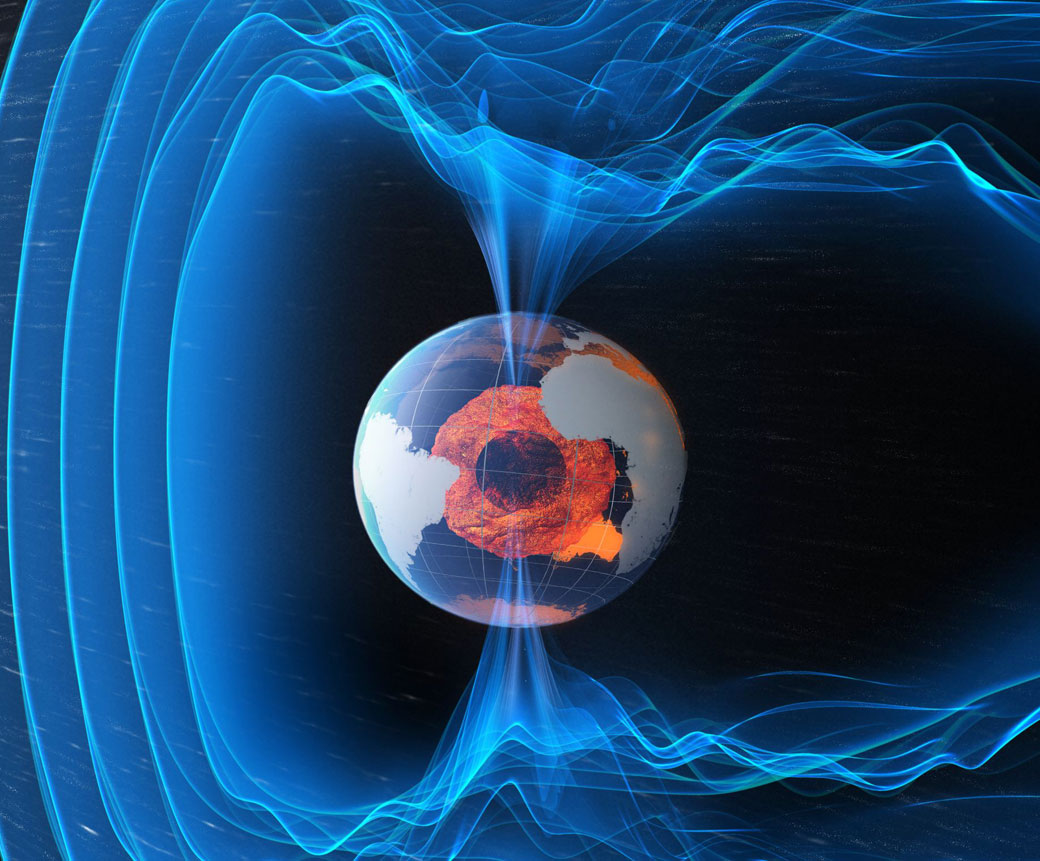TORONTO – It’s long been believed that animals are sensitive to magnetic fields, but just what part of the body was responsible for this sensitivity was unknown. Until now.

A team of scientists at the University of Texas at Austin has found the first sensor of our magnetic field in the brain of a small worm, called C. elegans. The sensor is microscopic and sits at the end of a neuron. The researchers surmise that this structure likely also exists in other animals as well.
“Chances are that the same molecules will be used by cuter animals like butterflies and birds,” said Jon Pierce-Shimomura, assistant professor of neuroscience in the College of Natural Sciences at the university and member of the research team. “This gives us a first foothold in understanding magnetosensation in other animals.”
Researchers found that, when hungry, worms tended to move down in gelatin-filled tubes, which makes sense since that’s how they look for food. So, taking this knowledge, they collected worms from around the world.
When they studied them in the lab, they found that not all of them moved down. Worms from Hawaii, England or Australia moved at the exact angle that corresponded to down if they’d been back in their home country. The Australian worms, for example, moved upwards.
Finding something so small, yet so crucial, involved steady observation. The team changed the magnetic field around the worms and then observed changes in their behaviour. They also used calcium imaging to observe changes in a neuron sensor called the AFD neuron, which was already known to researchers to be sensitive to carbon dioxide levels and temperature.
This isn’t the first time that scientists have attempted to locate the structure that is sensitive to Earth’s magnetic field. In 2012, researchers discovered brain cells in pigeons that process information on magnetic fields, but they were unable to find out just what part of their body was responsible.
The study was published in the online journal eLife.
- High benzene levels detected near Ontario First Nation for weeks, residents report sickness
- Ontario takes action against chemical plant after Aamjiwnaang First Nation residents fell ill
- Enter at your own risk: New home security camera aims paintballs at intruders
- Fishing vessel with crane, net arrives in Zeballos for orca calf rescue





Comments